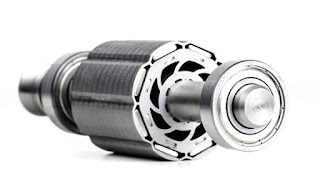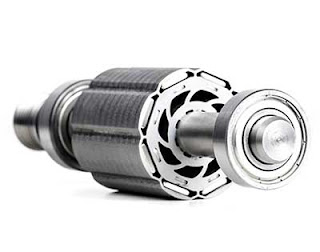5 Steps To Creating A Rare Earth Magnet
The uncommon earth magnets so imperative to current and future innovations are created in a five stage measure. It starts with getting the crude materials out of the ground and end with production of magnets intended for some specific use. Every one of the five stages are right now gathered in Asia, especially in China.
Mining and fixation
Mining uncommon earths is regularly completed either by an open-pit measure or by in-situ filtering. When the metal bearing material is out of the ground, it is gone through a smasher or plant to break it into little particles, and afterward the real metal is isolated out in a cycle called focus. This normally includes gravity partition, foam buoyancy or attractive detachment.
Getting oxides from mineral
The consequence of partition is metal, the crude, natural stone that contains uncommon earth metals. The real metal is available as oxides, which are comprised of at least one particles of uncommon earth components synthetically clung to at least one oxygen molecules. The way toward isolating oxide from mineral is a compound one, and may include simmering, corrosive filtering, salt or burning combination or high temperature sulphation. A second step in the process is the detachment of the uncommon earth oxides from each other, which requires heap steps of successive dissolvable extraction or particle trade.
From oxides to metals
Natural uncommon earth metals might be recouped from their oxides in three essential manners: electrolysis, precipitation and vaporous decrease. Metallothermic decrease utilizes sodium in a calcium chloride shower to remove metal from uncommon earth oxides. Calcination, interestingly, utilizes just warmth; the oxide's temperature is brought up in an over or heater to remove metal. Different cycles, for example, vacuum refining, sorption or oxidation-decrease utilizing mercury amalgamate, are helpful in specific conditions.
Creating magnet combination powders
Business magnets are not produced using unadulterated uncommon earth metals. Neodymium-iron-boron magnets, for example, are made of an amalgam of these three components. To deliver the amalgam, the components are included, in powder structure, to a vacuum acceptance heater in explicit proportions and afterward warmed. The subsequent composite is chilled and afterward severed by compound and physical methods into powder.
For more info : - Magnet
manufacturer


Comments
Post a Comment